Bathroom Crayons Buying Guide
Children always like to scribble, for parents, how to clean the graffiti still left behind, it must be a headache. This is a good idea to choose a washable crayon, you can let the child in the wall free scribbling, drawing, but also can reduce the mum and dad cleaning trouble. However, there are a lot of things to keep in mind when choosing such gadgets. In order to minimise the worries of parents, please refer to the following detailed instructions carefully. Let's take a look!
Do you have a child who procrastinates and refuses to step into the bathroom when it's bath time? If so, don't miss out on this amazing item -- washable crayons. With a washable crayon, you can let your child scribble and draw freely on the wall, and reduce the cleaning hassle for mum and dad. Nowadays, there are many combinations with rich colours launched in the market, from AMOS in Korea, JoanMiro in Spain to Crayola in the United States are widely popular among parents and children families.
However, there are many things to look out for when choosing such gadgets. Although they are called washable crayons, the method and conditions of use vary from product to product, and you may even encounter a situation where the crayons do not wash off when exposed to water. Please refer to the following detailed instructions in order to minimise your worries. In addition to education in books, let your child develop a sense of art from the bath time of life, come and take a look together!
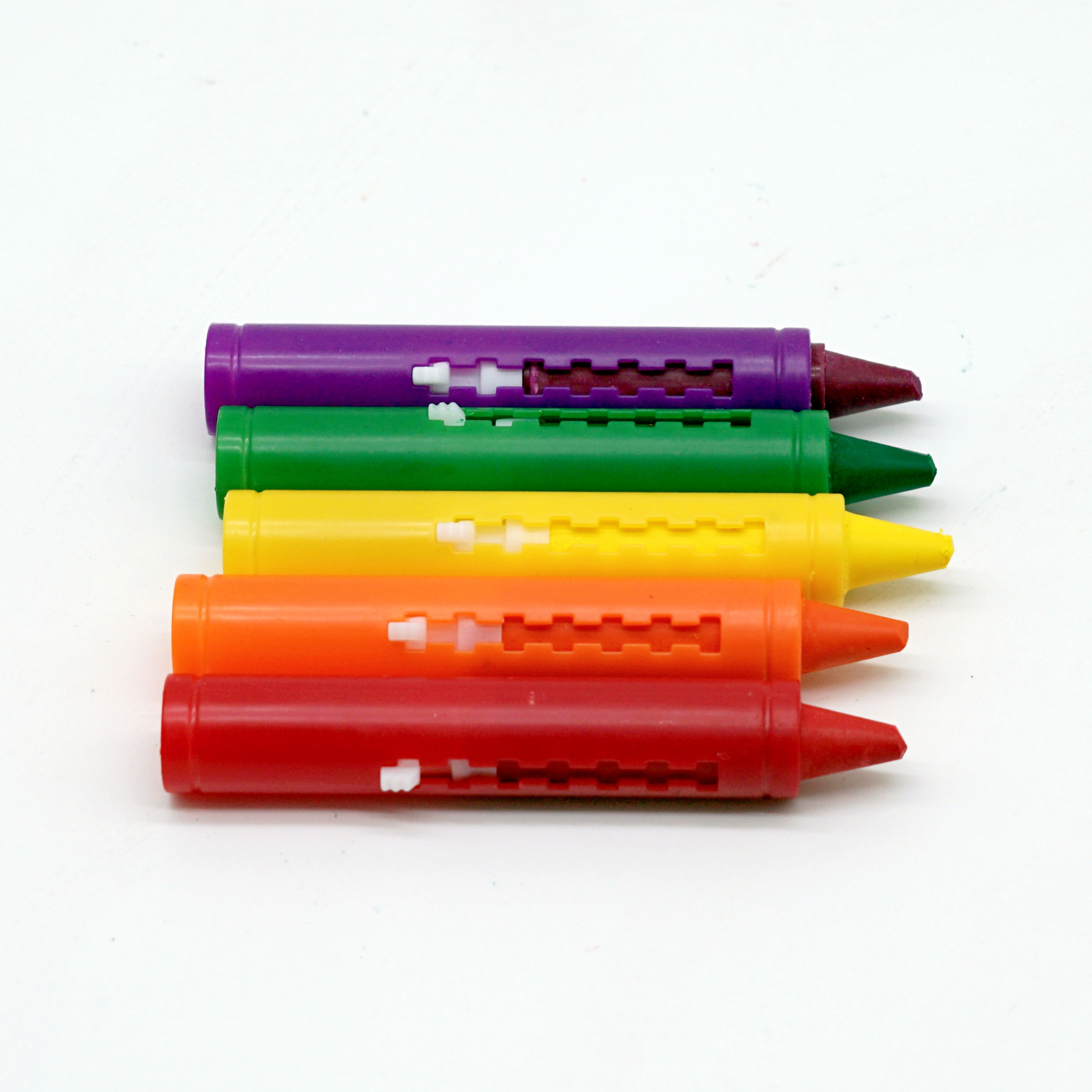

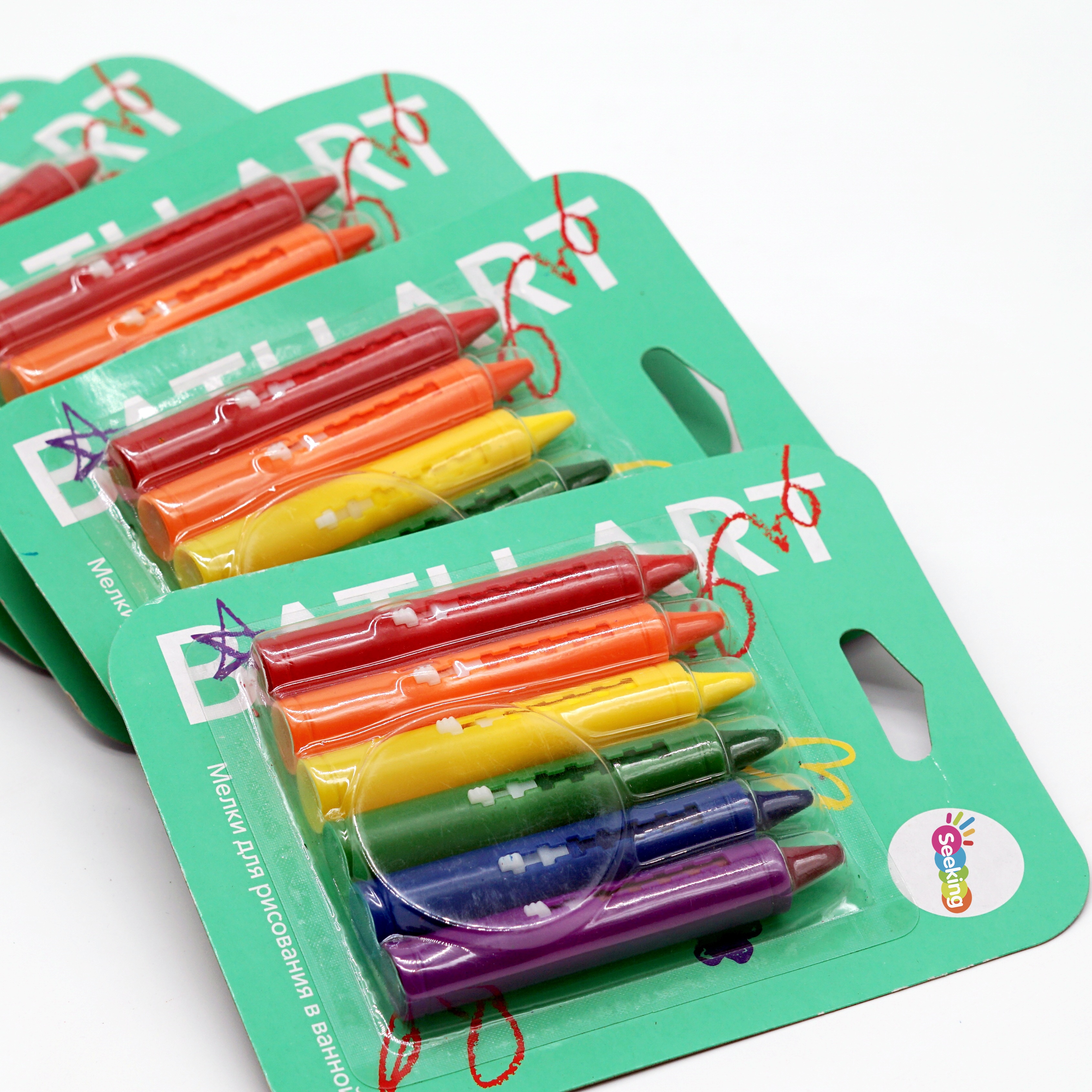
First of all, let's take a look at some of the key points to consider when choosing washable crayons, such as the safety of the crayons that parents care about most, and whether they can be easily coloured and washed out are all key.
Generally speaking, children at the age of two have developed the muscles to be able to hold a paintbrush and scribble on their own, and this is the age when most washable crayons are recommended for use. Although many washable crayons are labelled as skin contact, children at this age may still be curious enough to put the items in their mouths, and parents should take extra care for similar risks.
When selecting toys or products for your child, it is recommended to choose products with ISO9001, ST or CE safety labels. ISO9001 is an internationally recognised safety certification mark, and ST stands for Safe Toy, a safety mark in Taiwan, China. CE is a mandatory certification mark in the European Union market and is considered to be in compliance with internationally recognised health and safety regulations.
During this short time in the bath, you want to let your kids enjoy the fun of doodling without any worries; plus many of you may have heard of the saying that "you can tell a child's mental state from their drawings", so when you are shopping for crayons, you will definitely want to have enough colours for your kids to play to their heart's content. Although there are basic two-colour washable crayons on the market, a 6-colour combination of red, yellow and blue primary colours is more recommended to enhance the richness of vision, imagination and drawings.
However, this varies according to the age of the child. For children before the age of 3, 3 colour variations are enough to bring about a colourful effect, while children between 4 and 5 years of age are able to identify colours more accurately, and their need for colours will become more frequent. If your child is already in the middle of kindergarten or in the older grades, you may want to prepare a set of washable crayons with enough colours for your child to develop a familiarity and sensitivity to colours.
Balancing ease of colouring with ease of removal
There are many kinds of ingredients in washable crayons, but based on safety considerations, soap is still the most commonly used main ingredient. However, due to the fact that soap is not an easy material to colour, sometimes even when the child has put a lot of effort into it, it is still impossible to colour in, in which case the washable crayons can only be used as soap.
On the other hand, many easy-to-colour crayons are difficult to remove with a sponge brush. In other words, easy-to-clean crayons are not good for colouring, while easy-to-colour crayons are difficult to clean. Finding the right balance of washable crayons has become a priority for mums and dads.
In the case of washable crayons, ease of removal should be a prerequisite for evaluation. After all, after all, after having fun, you still want the bathroom to be easily restored to its original cleanliness, and as for the degree of colour development, as long as the colours can be seen, that's all that matters. However, it should be noted that the removal conditions of some washable crayons are related to the water temperature, so be careful not to fall into a warm pool and melt.
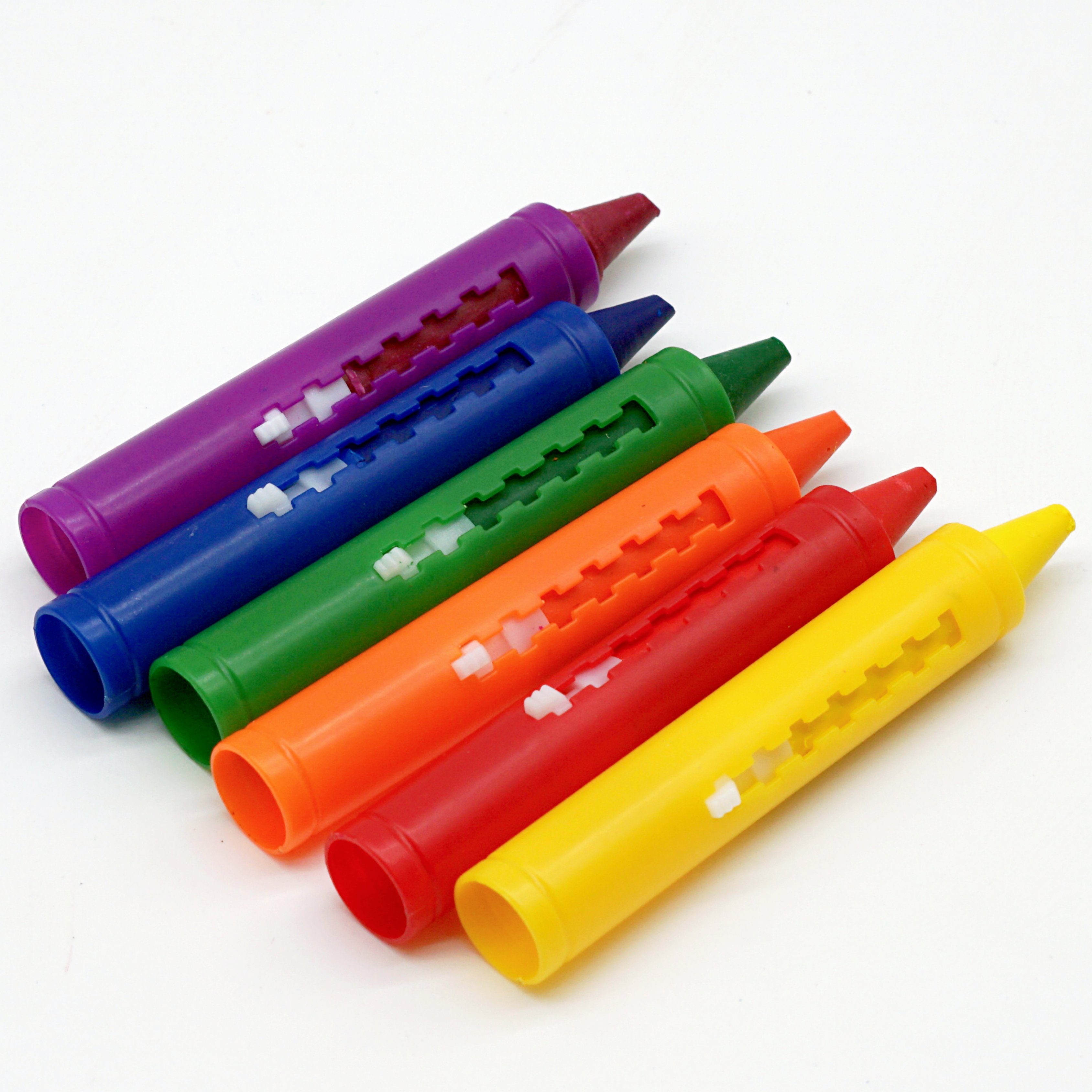

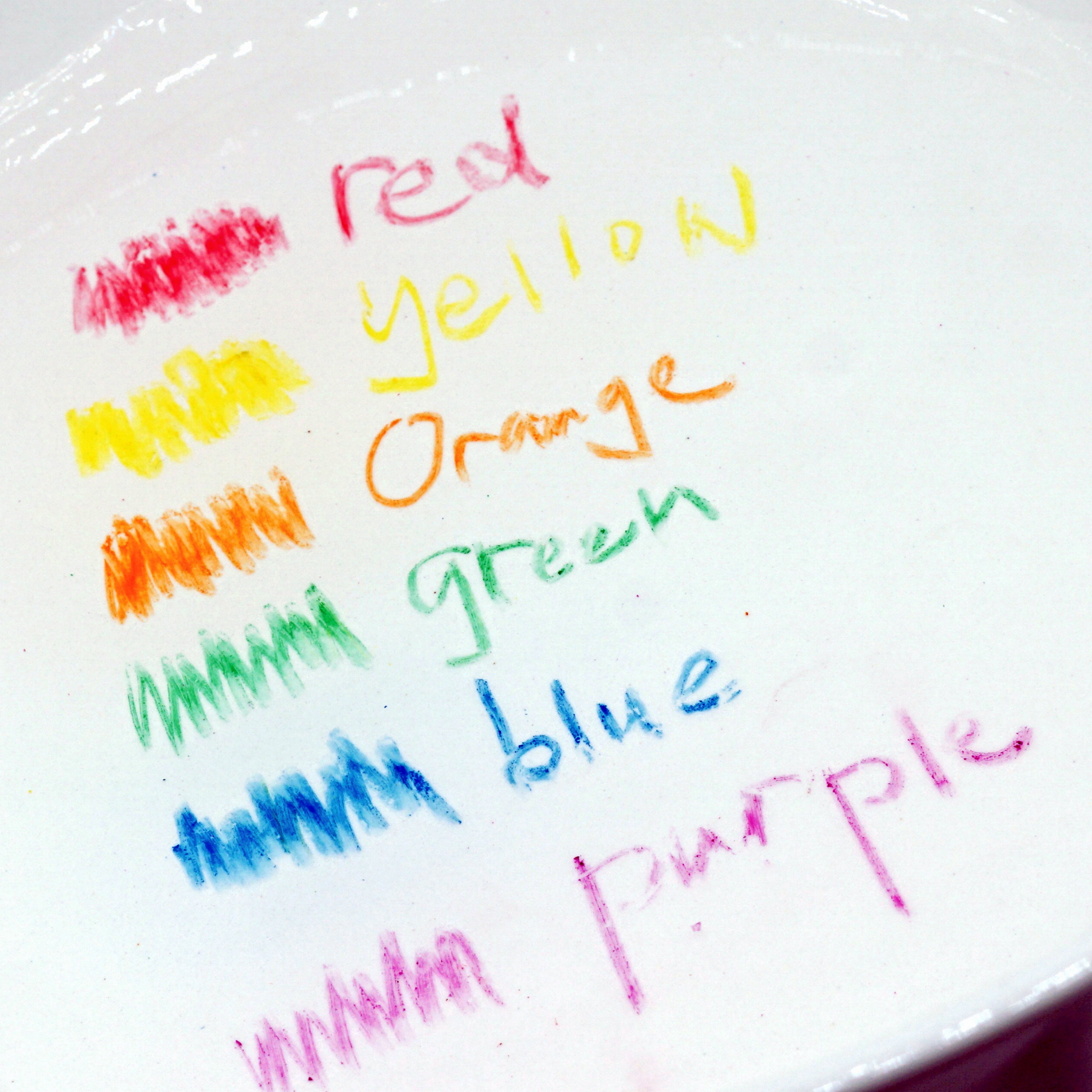
Since they are washable crayons, there is basically a chance that they will be washed off when they come into contact with moisture. If the child holds it directly in his/her hand, the colour may also be transferred to the skin; and in many cases, it may even seep into the nail crevices and other hard-to-clean spots, which makes it difficult for parents to get rid of the colour. In order to prevent the colour from staining the skin or crevices, it is important to choose washable crayons that have protection on the outside. Commonly available styles of protection such as push-up sticks or water-insoluble paper sleeves are effective in preventing direct contact between the skin and the crayon.
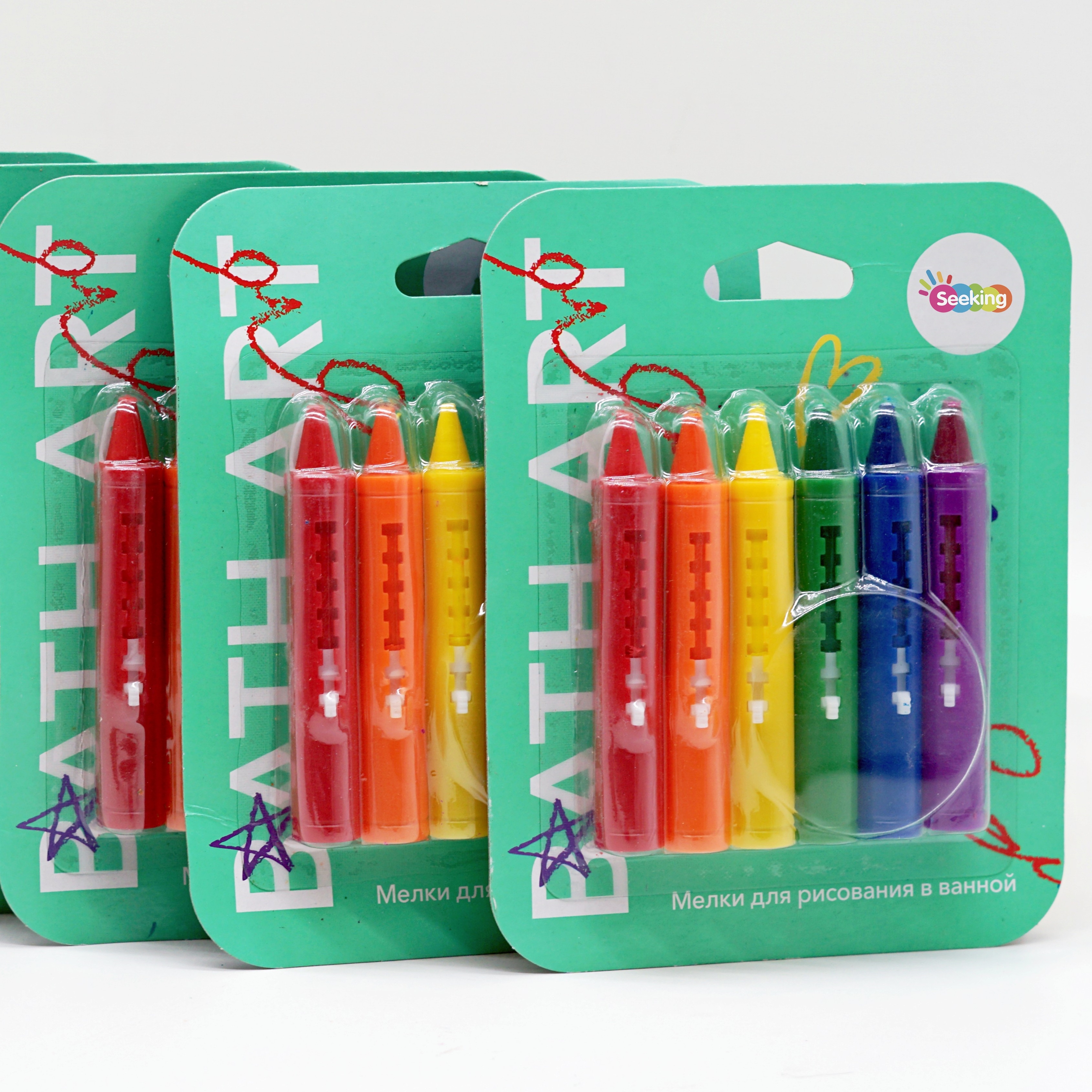
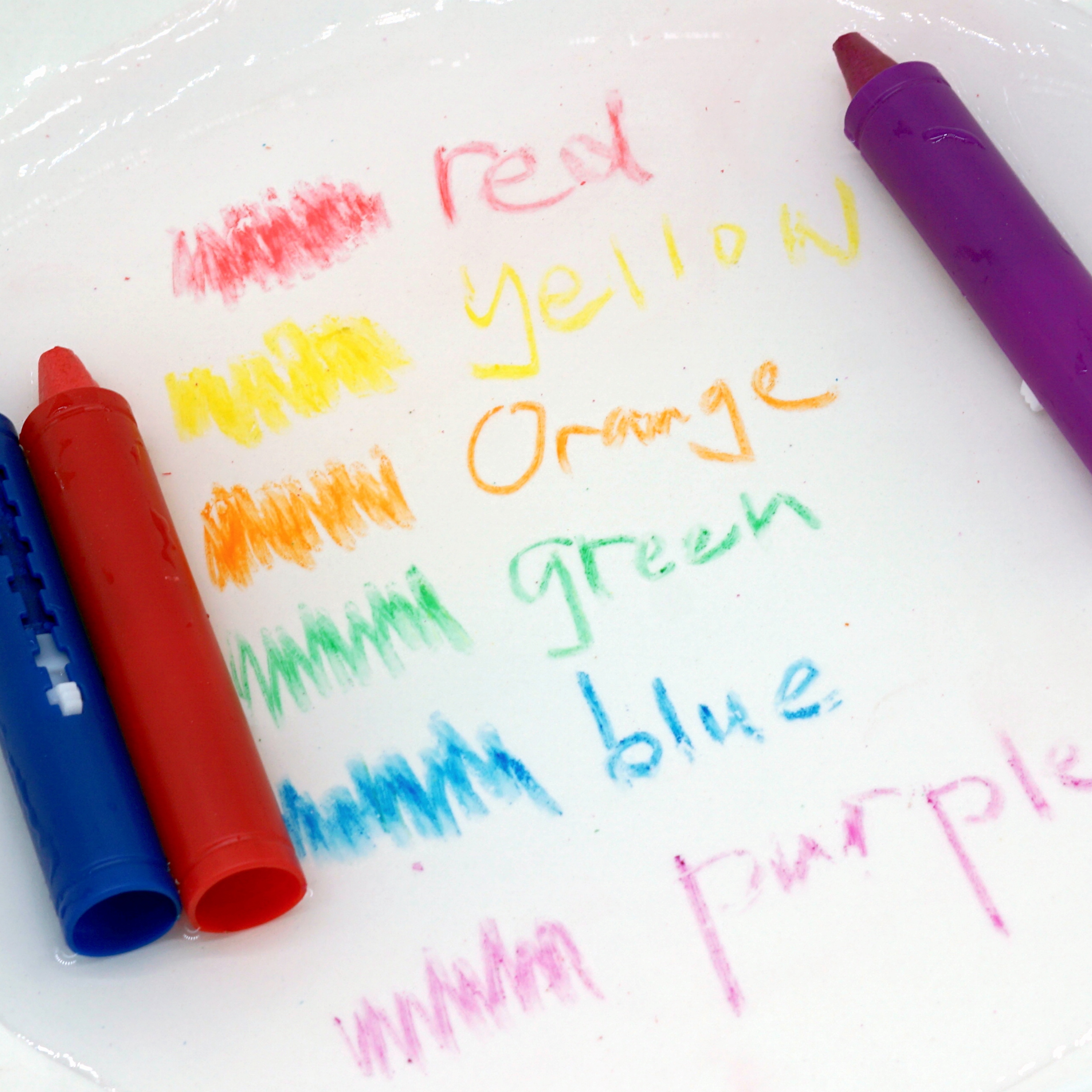
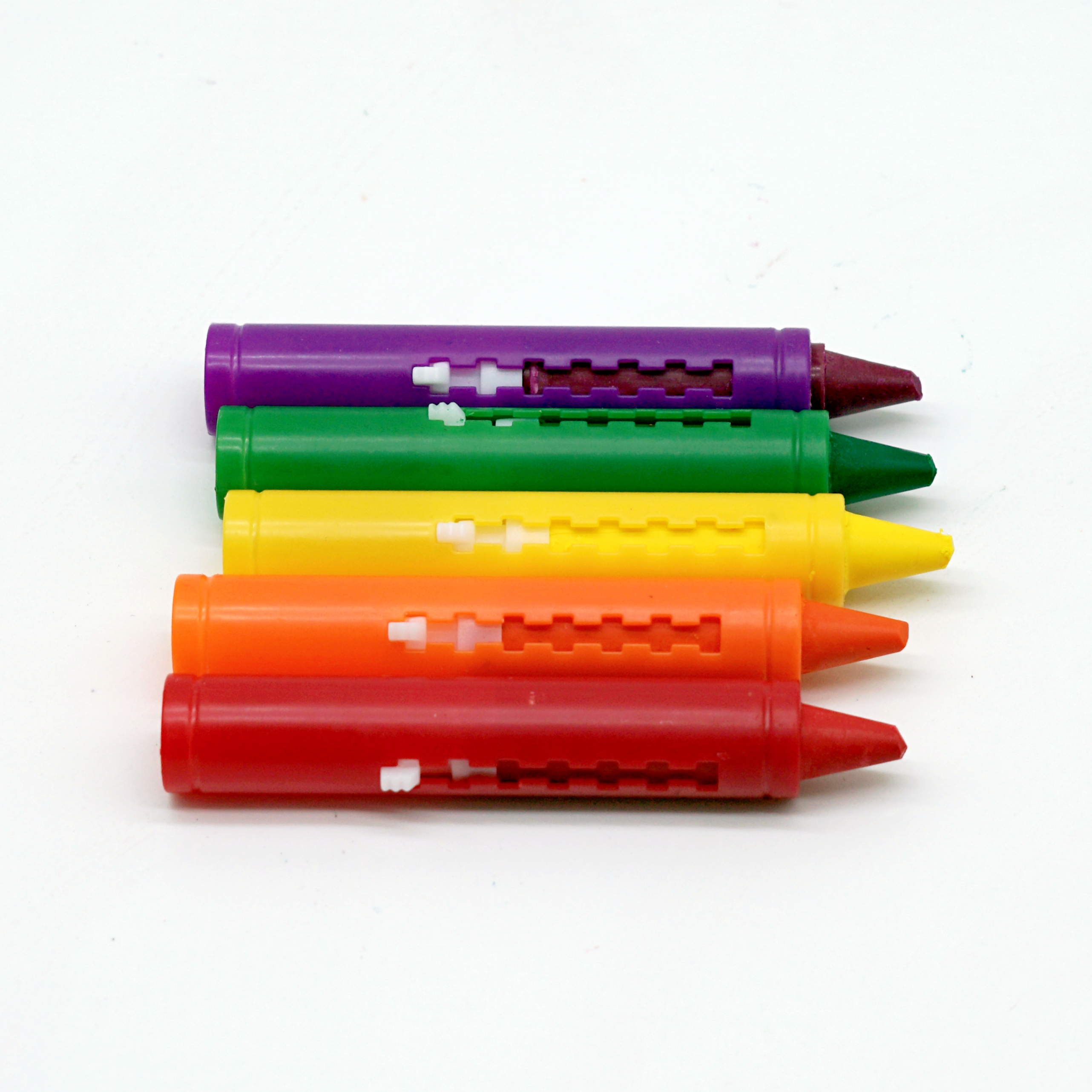
It is often possible to remove washable crayon scribbles quickly after a bath using simple tools such as water and a sponge. However, if the colour gets into the cracks of tiles or rubber materials, the resulting colour is difficult to remove; even strong bleach will not restore the original appearance, and may even cause damage to the wall surface, so special care should be taken before using washable crayons.
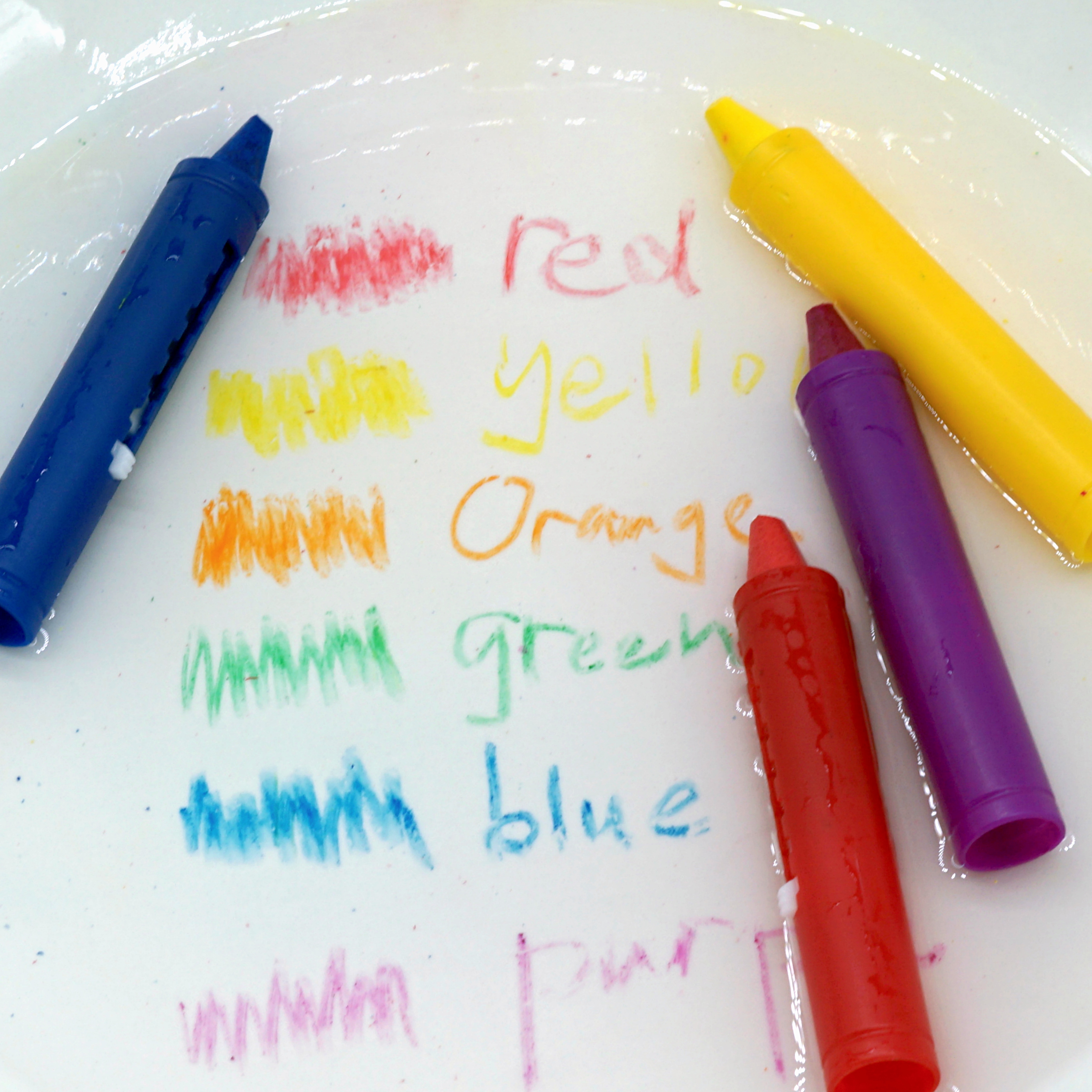
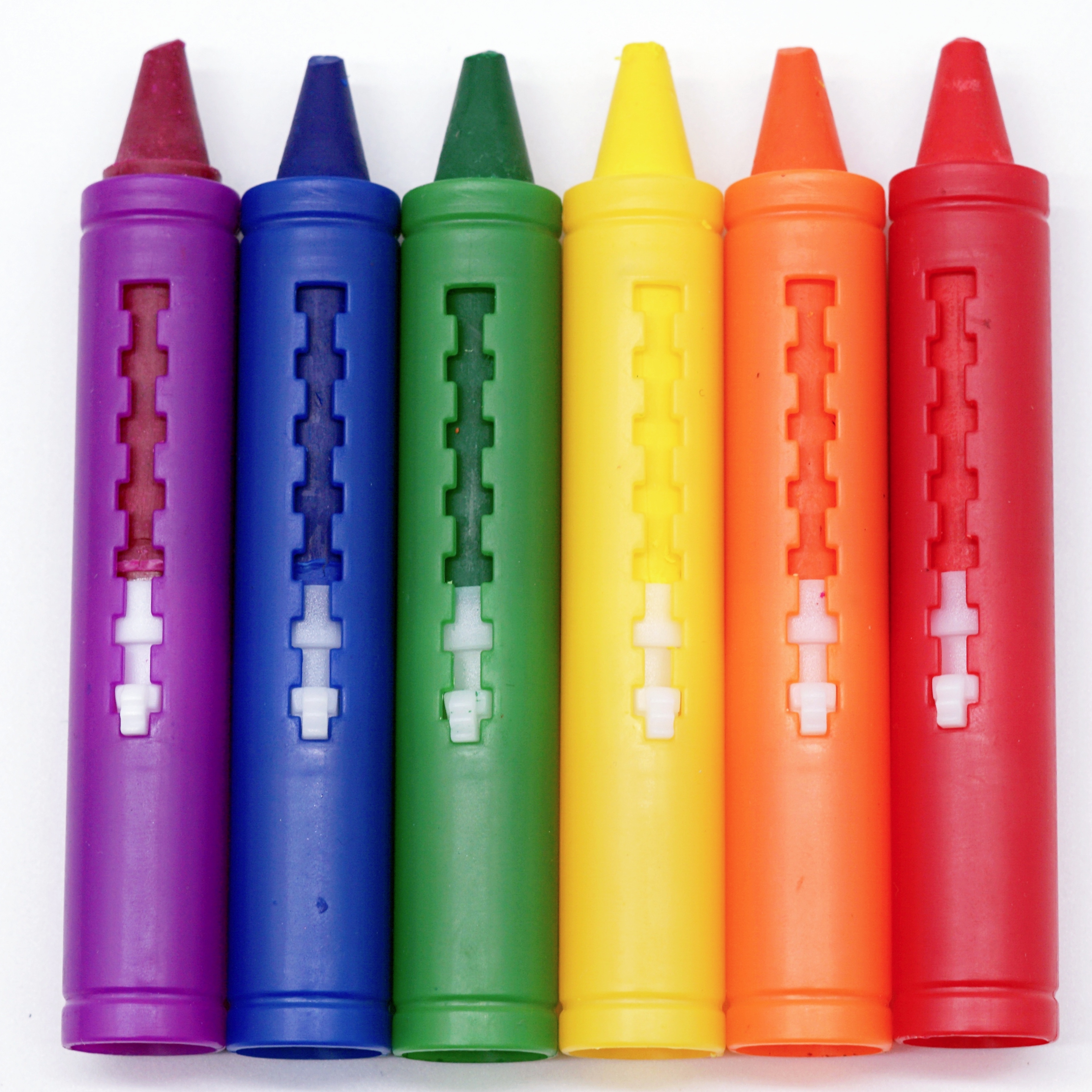
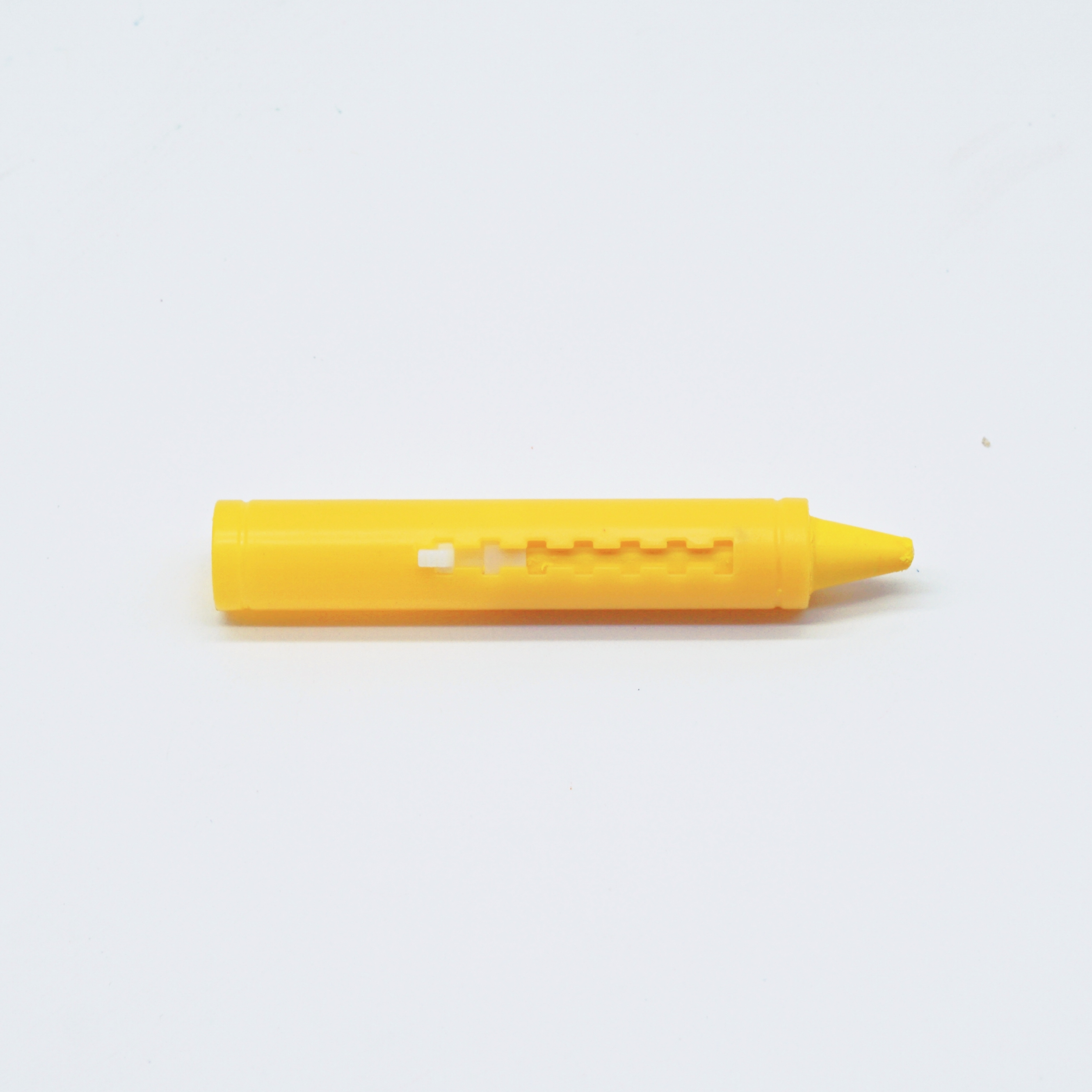
The principle of using washable crayons is to avoid tile joints, rubberised areas or wooden materials, and to wash them immediately after painting to ensure that there is no residue of paint. However, if the paint has been left on for a while and becomes difficult to clean, many products have instructions on removing it with strong bleach, etc., so you may want to read the instructions before trying it.
Alternatively, there are some strong technical sponges that can tackle tough stains, but they may also flake or damage the coating on the wall. If you do need to use a technical sponge, be sure to refer to the product description first to avoid irreparable damage.














